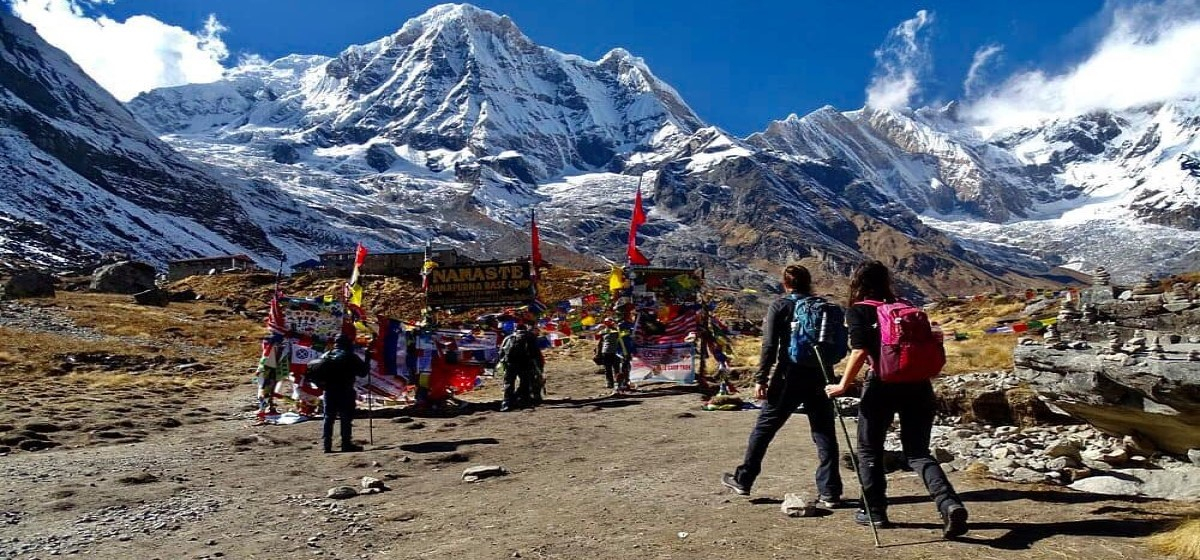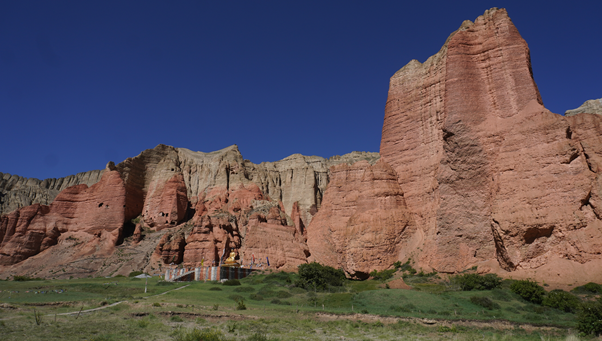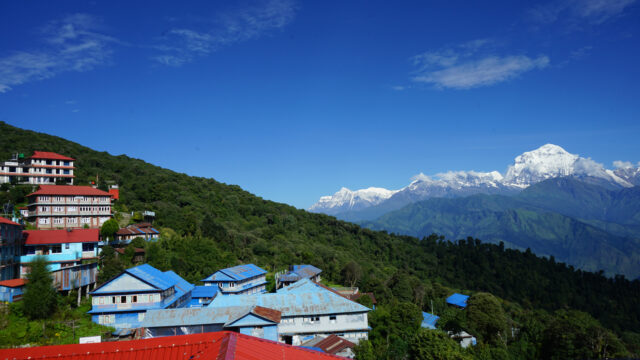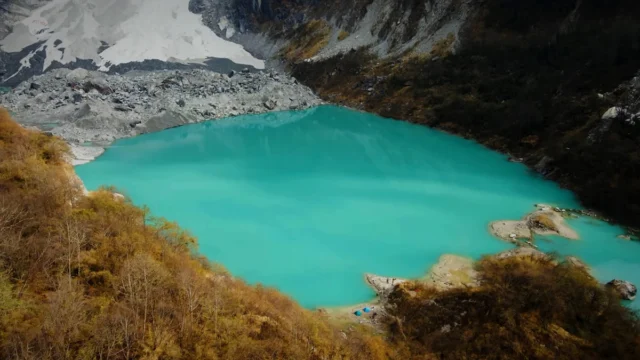Annapurna Conservation Area (ACA), globally renowned as a premier trekking destination, reported 21 deaths due to altitude sickness during the fiscal year 2080-81 BS (2023-24). Among the deceased, six were Nepali, and the rest were foreign nationals, including 11 Indians, two Malaysians, one Ukrainian, and one Briton, according to Dr. Rabin Kadariya, Chief of the Annapurna Conservation Area Project (ACAP).
Most of these fatalities occurred in the Muktinath area of Mustang, a popular yet challenging section of the trekking route. Despite efforts to rescue some of those affected by altitude sickness via helicopter, these measures could not save all who were stricken.
Dr. Kadariya emphasized the importance of taking special precautions when undertaking high-altitude treks. “A journey to a high altitude demands gradual acclimatization to the atmospheric conditions. If altitude sickness is detected, immediate descent is critical,” he advised.
In a tragic incident, the skeletal remains of a Swedish national who went missing during a trek to Mardi Peak were discovered after seven months. This underscores the dangers of trekking alone on long routes, with ACAP strongly advising trekkers to travel in groups or with a guide.
The Annapurna Conservation Area, covering 7,600 square kilometers and spanning 89 wards across 16 local levels in Kaski, Lamjung, Manang, Myagdi, and Mustang, continues to be a highly sought-after trekking destination. It welcomed 222,180 foreign tourists in the last fiscal year, with 117,845 from Asian countries and 104,256 from other regions.
Tourist arrivals peaked in Chaitra (March-April) with 35,265 visitors, while the lowest number, 5,401, was recorded in Saun (July-August). Compared to the previous fiscal year (2079-80 BS), the Annapurna Conservation Area saw an increase of around 50,000 visitors.
Known for its stunning natural beauty, biodiversity, and rich cultural heritage, the Annapurna Conservation Area remains a top destination for trekkers from around the world, despite the inherent risks associated with high-altitude trekking.






